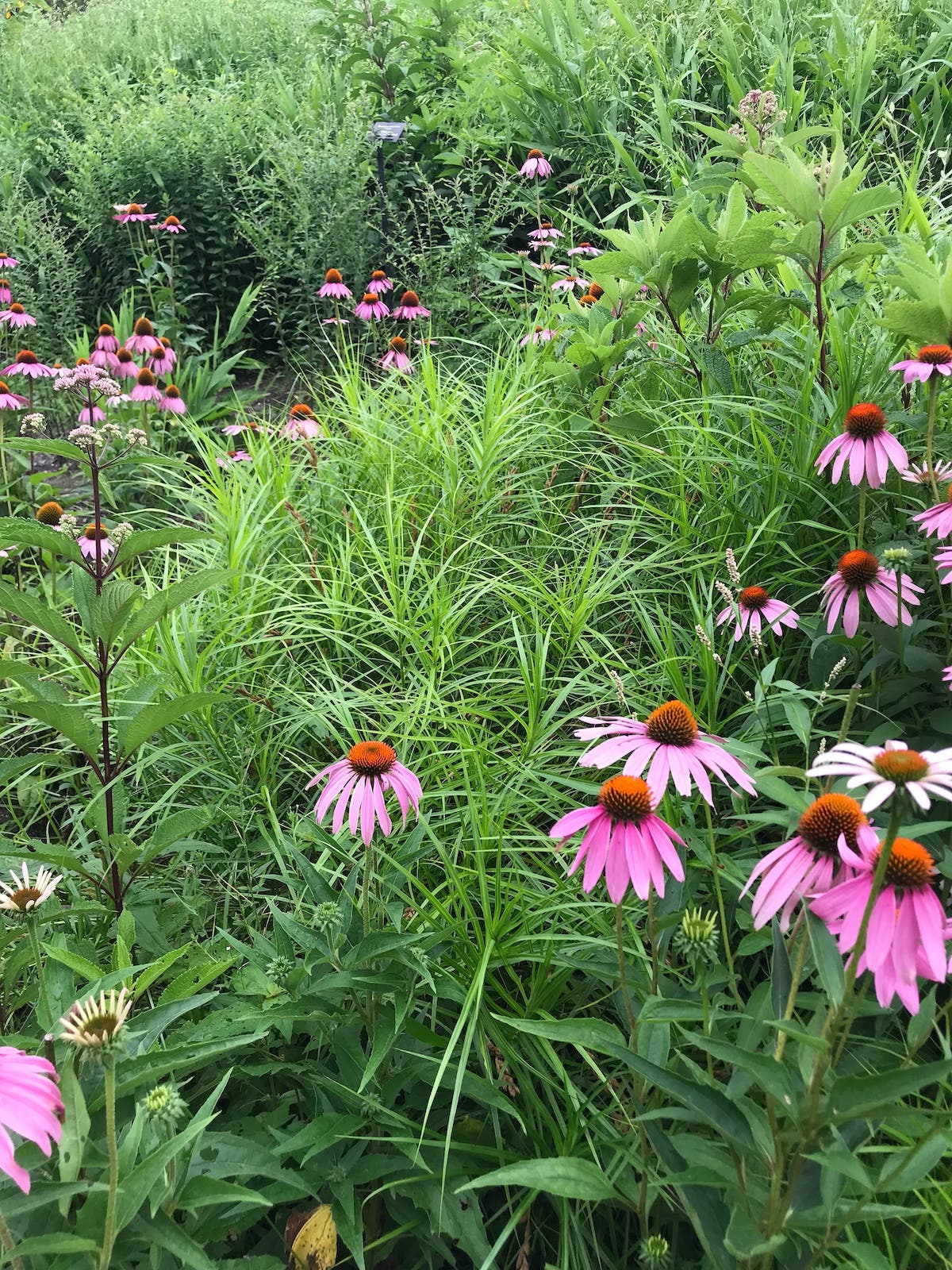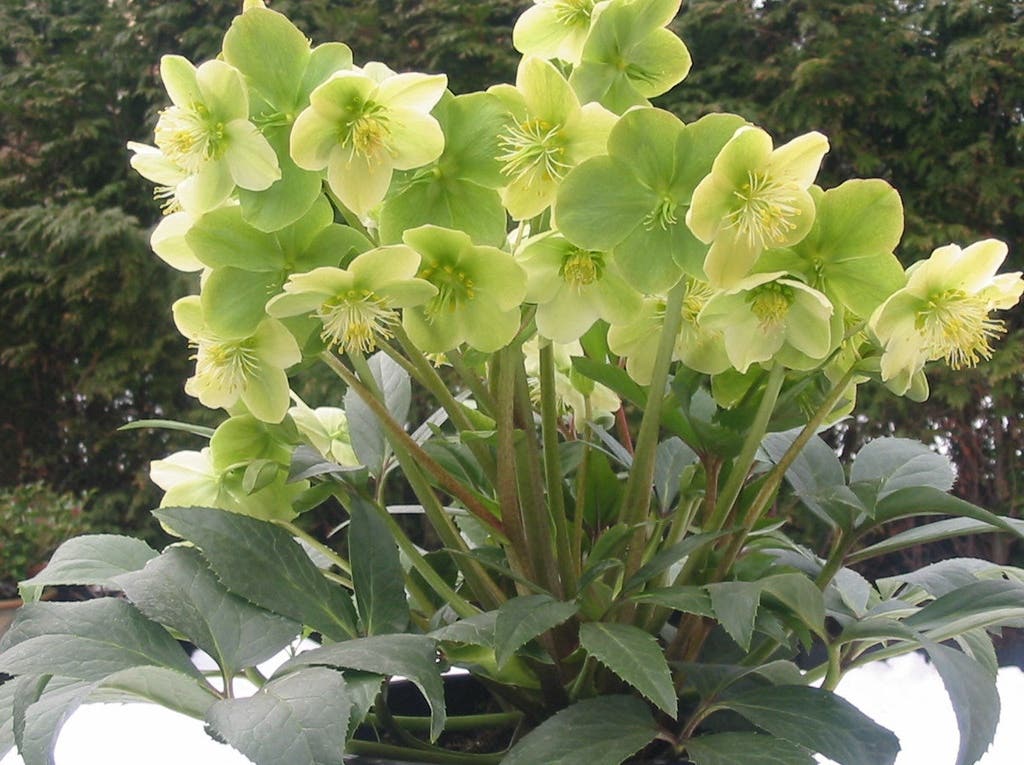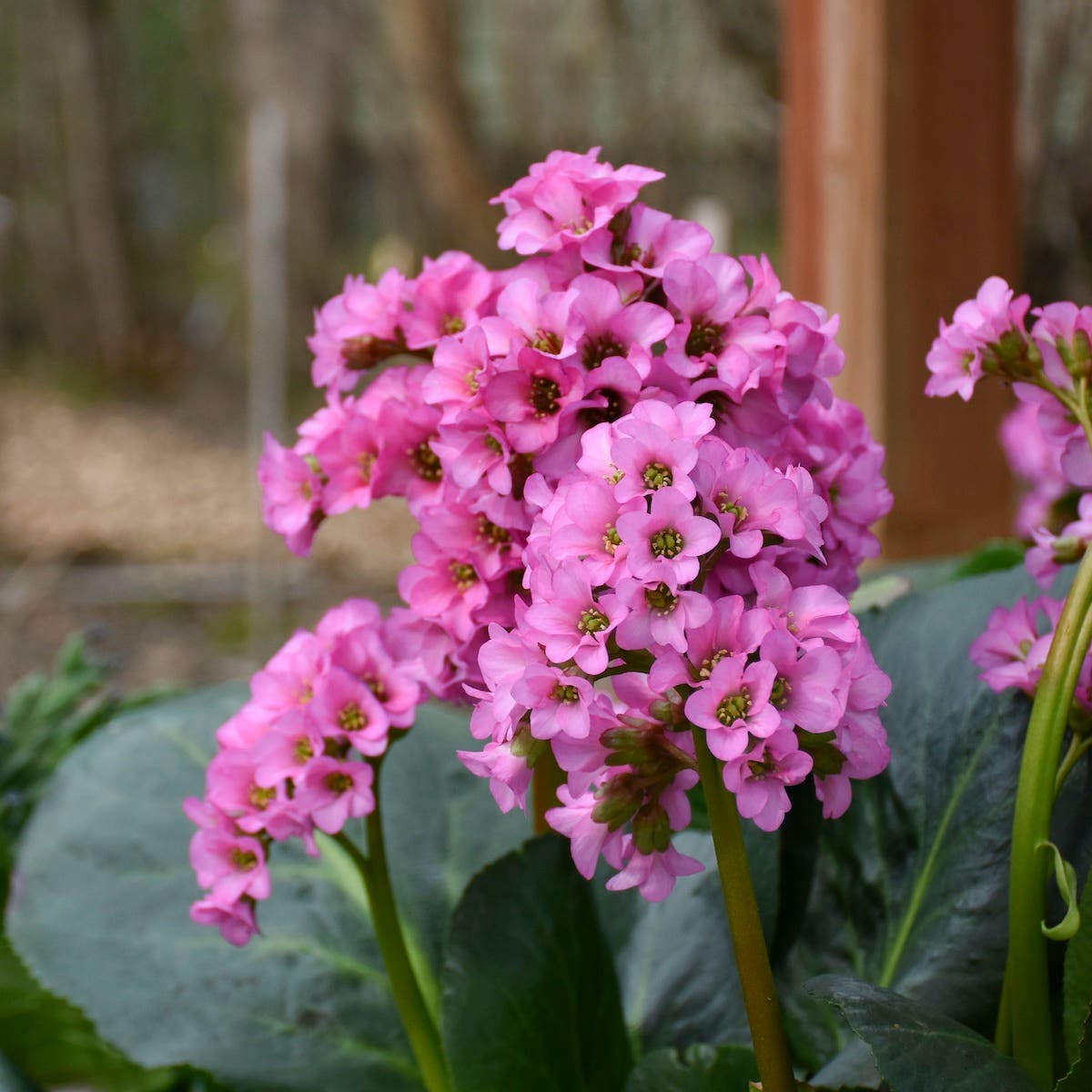Caption: In the fall, little bluestem offers bronze foliage and silvery seed heads that last into winter.
Common name: Little bluestem
Botanical name:Schizachyrium scoparium (syn. Andropogon scoparius)
Virtues: Colorful foliage, fine texture. Dense, narrow, upright form makes it a good ornamental grass for tight spaces. Persistent seed heads add fall/winter interest and feed birds. Acts as a host for the larvae of several butterfly and moth species.
Foliage: Foliage is very fine but plentiful, making a dense display. In spring the foliage is tinged blue at the base. It is bluish green in summer and turns an excellent dark orange in the fall. 'The Blues' and 'Prairie Blues' are two cultivars with bluer foliage.
Flowers: Bronzy purple flowers rise above this grass in late summer, followed by fluffy white seed heads in fall and winter.
Habit: Upright ornamental grass 2 to 4 feet tall and 1 to 2 feet wide.
Season: Summer and fall, into winter.
Origin: Woodland edges and open land of the eastern two-thirds of North America.
Cultivation: Little bluestem is a warm-season grass, meaning it will be slow to start growth in the spring, but it will sail through the heat of summer and contribute great fall interest. Grow in full sun and well-drained average soil. Tolerates dry sites. Accepts a range of soils provided drainage is good. Cut the foliage and leftover flower stalks to the ground in late winter or early spring. It may self-sow, but it is a bunching grass that spreads very slowly by its roots, making it among the least aggressive of the ornamental grasses. USDA Zones 3–9.






